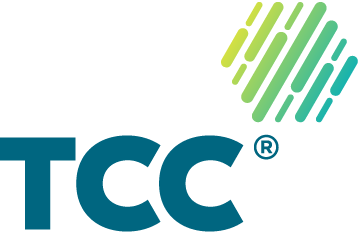How futureproof is your SMCR strategy?
Now the dust has settled on the SMCR rollout, many of you will no doubt be feeling relieved that you’ve finally got a solid strategy in place. You might’ve even managed to iron out any early kinks that arose during implementation.
But even though the stress of the initial phase is largely behind us, it’s nevertheless vital that you keep your eye on the ball and recognise when a review might be warranted.
This is particularly true when you’re changing up business models or are faced with new regulatory demands. Change is unavoidable, encouraged even, but there are several instances in particular where you’ll need to check you’re still meeting your SMCR obligations.
So, what are some things to be mindful of?
New ways of communicating
In the two years since the SMCR came into effect, the way the financial services sector operates has changed, with the coronavirus pandemic making hybrid and remote working the ‘new normal’ for firms worldwide.
Consequently, you’ll need to make sure cross-departmental communication between compliance and HR still works as it should to ensure the smooth running on ongoing SMCR compliance – even with many staff now working from home.
What tools are you using to support collaboration and easy communication? What processes are in place to ensure everyone is kept up-to-date of changes?
Emerging priorities for the regulator
Future FCA rules or changes to official guidance are likely to have a direct impact on your SMCR plan, so you need to ensure your core strategy can move with the times – in other words, it needs to be adaptable enough to accommodate further regulations or shifting priorities.
For example, firms are set to be held to a much higher standard of care once the much-touted Consumer Duty comes into effect next July, so it’s worth getting a head start in assessing how this will influence your arrangements.
Likewise, the FCA has been increasingly vocal about tackling non-financial misconduct. SMCR certainly provides a useful starting point for firms, but ultimately rules can only go so far.
The real driver behind conduct and behaviour in an organisation is its culture. So while you might be working hard to embed SMCR and keep on top of annual fitness and propriety assessments, consider assessing your organisational culture too – it’ll save you time and energy in the long run.
Staff turnover
It’s inevitable that employees will come and go – but every time someone joins or leaves, your SMCR records and paperwork will need revising to match.
As a priority, your Statements of Responsibility and corresponding responsibility maps will need amending to clarify who precisely looks after what, and the FCA will also update the Financial Services Register once they’ve approved the new Senior Management Function (SMF). You’ll also be required to notify the regulator of any revised Controlled Functions (CFs) so they can keep the Directory up to date.
Having an efficient onboarding process that goes like clockwork will smooth these transitions – you’re less likely to forget crucial steps, overlook areas of potential risk or miss important deadlines. Better yet, you’ll have a clear view of your new hires’ fitness and propriety, making it easier to identify any training needs.
Strategic developments and expansions
Generally speaking, any significant change or addition to your company’s strategy or business model is likely to have a knock-on effect on your SMCR plan.
Whether you’re expanding to a new location, exploring a new market or adding a new product to your offering, be aware of how it could impact the number of SMFs and CFs in your business, as well as your regulatory permissions.
Contact us
Need help futureproofing your SMCR strategy? Speak to an expert today.

